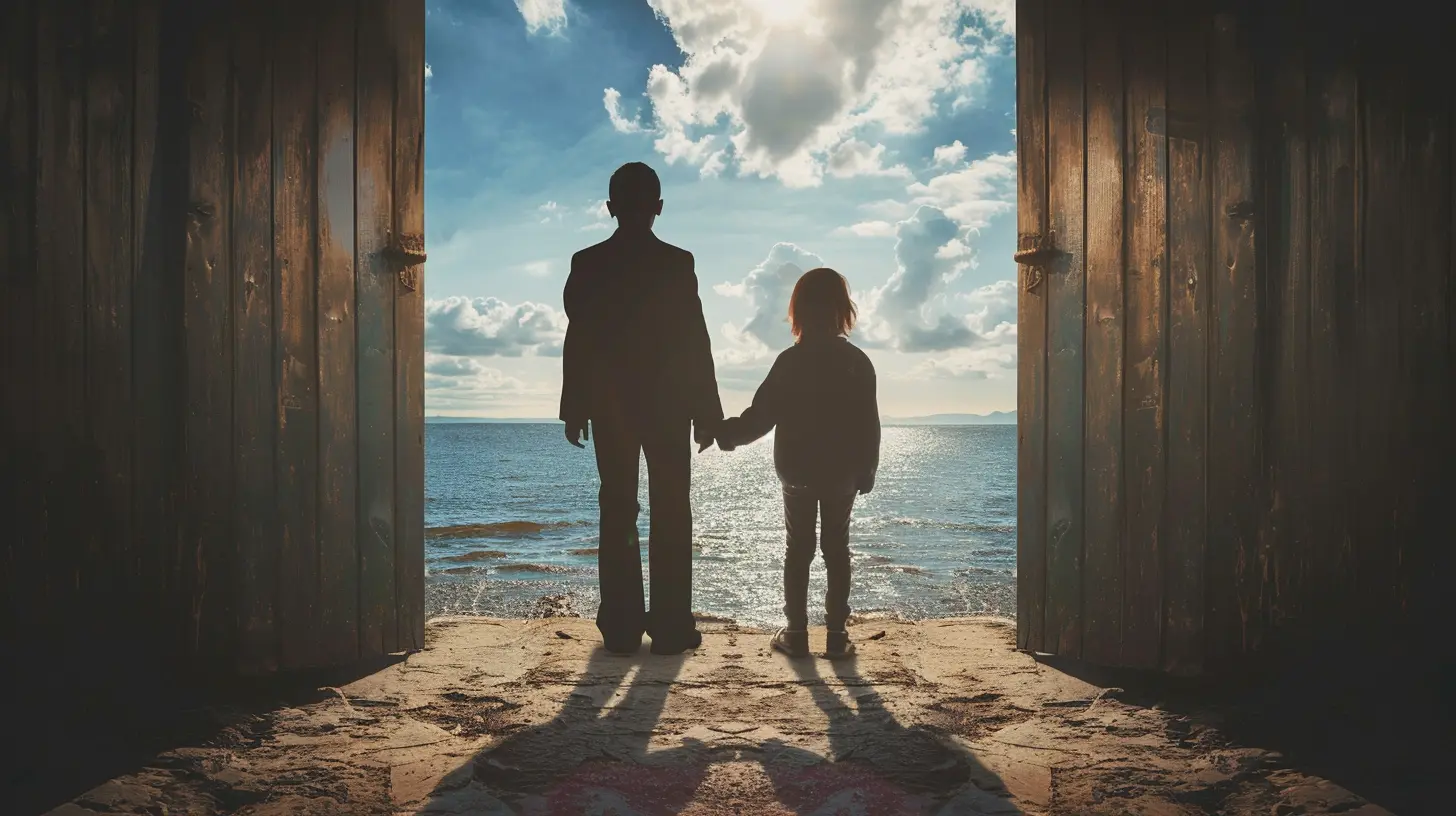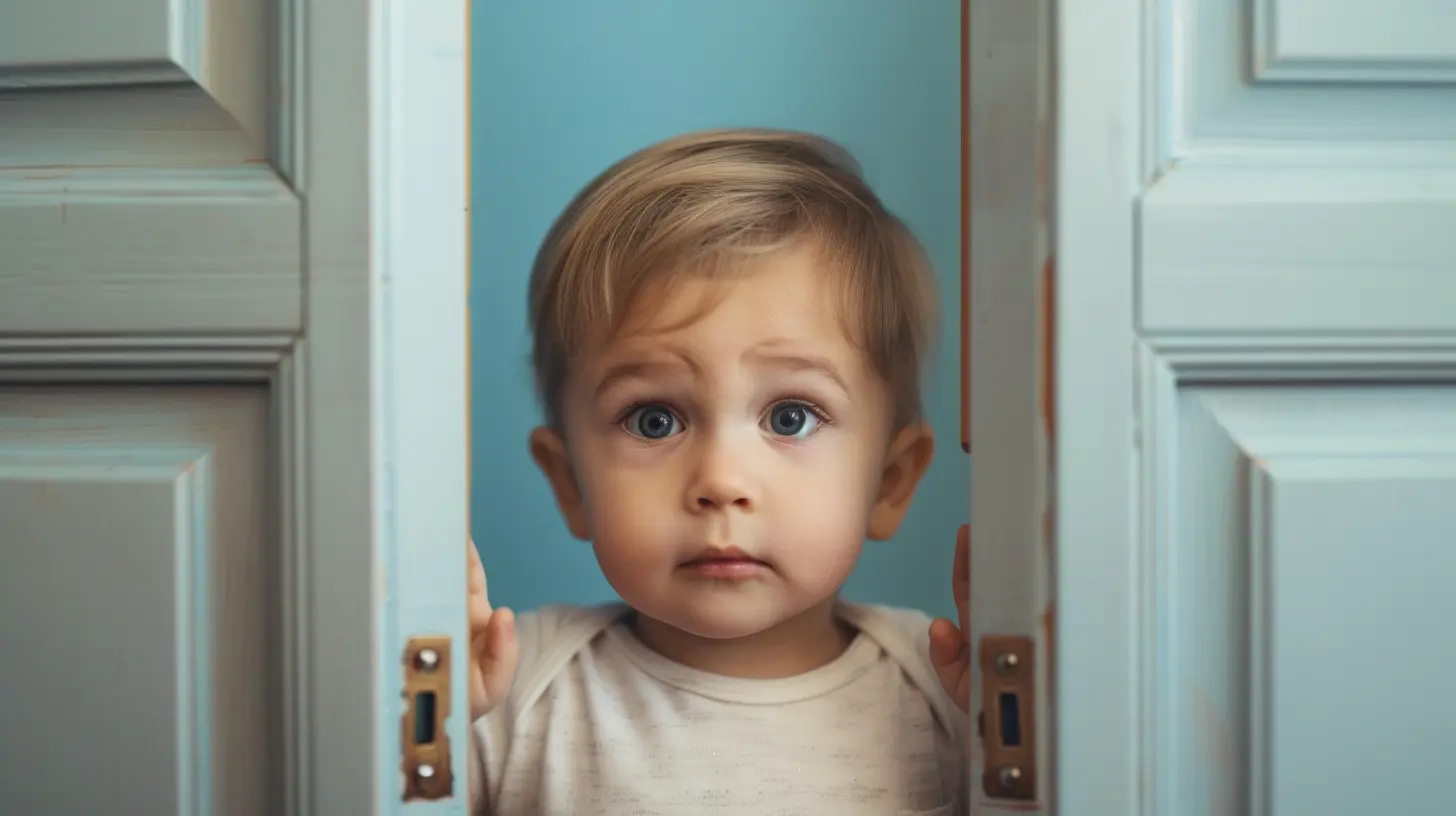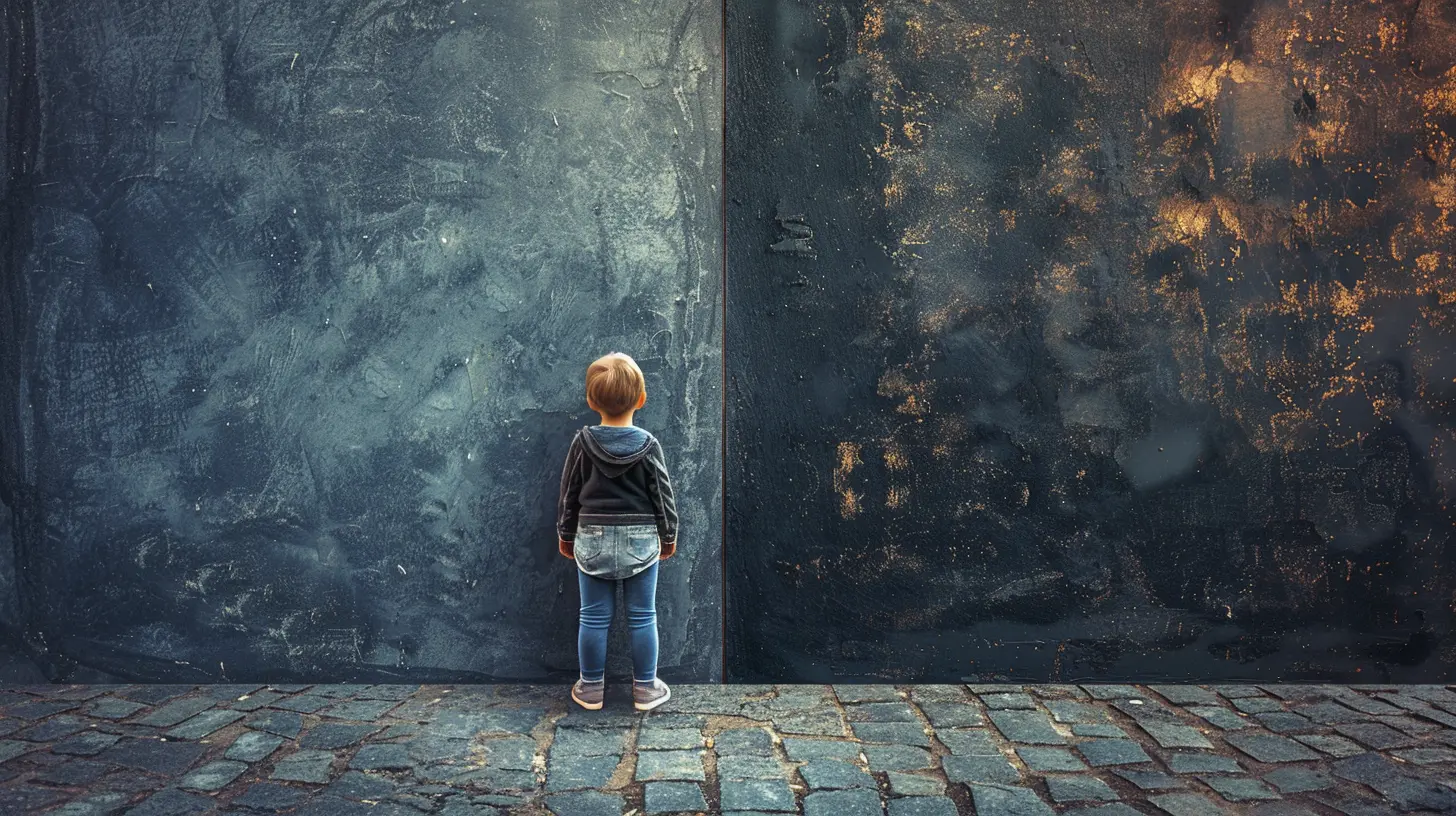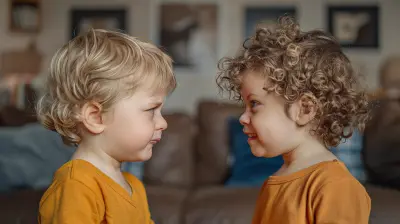Open vs. Closed Adoption: Making the Best Choice for Your Family
15 August 2025
When you're thinking about adoption, one of the biggest decisions you'll face is whether to go for an open or closed adoption. And let’s be honest—it’s not a light decision. You’re choosing how your child’s story will be written from the very beginning. Will it include meaningful connections with their birth family, or will information be limited?
The words "open" and "closed" might sound black and white, but adoption is anything but. There’s a whole spectrum between the two, and what’s right for one family may not be the best for another. So, grab a cup of coffee, and let’s unpack this emotional and life-changing topic together.
What’s the Difference Between Open and Closed Adoption?
Alright, first things first: let’s break it down simply.Open Adoption
In an open adoption, there’s some level of ongoing contact between the child and their birth family. This could be anything from exchanging photos and letters to in-person visits or video chats. The level of openness can shift over time, depending on what everyone is comfortable with.Closed Adoption
A closed adoption, on the other hand, involves no contact between the adoptive family and the birth parents after the adoption is finalized. This means no sharing of identifying information and no communication. The birth parents may know very little about where the child ends up, and vice versa.Sounds pretty different, right? But that’s just the tip of the iceberg.
The Pros and Cons of Open Adoption
Let’s start with open adoption, because this option has been gaining popularity since the 1980s.Pros of Open Adoption
1. More Answers for the Child
Kids ask questions. A lot of them. And when they’re adopted, those questions often include “Where did I come from?” or “Why was I adopted?” Open adoption allows for real, honest answers. No guessing games or mysteries.2. Emotional Reassurance
For adoptive parents, open adoption can ease concerns about the birth parents. You aren’t left wondering if they’ll change their mind one day or whether your child will seek them out later in life with resentment.3. A Bigger Support System
Imagine your child having more people in their corner who love them. That’s what open adoption can offer—a kind of extended family, albeit an unconventional one.4. Birth Parents Find Peace
Let’s not forget them. Birth parents often face guilt and grief. Staying in their child’s life, even if just through occasional letters or photos, can help them process their emotions and know their child is thriving.Cons of Open Adoption
1. Boundaries Can Get Blurry
When multiple people are emotionally invested in one child, there’s potential for confusion. Who makes the rules? Where do you draw the line between connection and intrusion?2. Not Always Mutual Understanding
Everyone enters open adoption with hopes and good intentions, but people grow and lives change. What worked for everyone five years ago might not work today.3. Potential Emotional Turmoil
Sometimes, maintaining a connection with the birth family can bring up unresolved feelings for the child or the birth parents. Emotions aren’t always predictable.
The Pros and Cons of Closed Adoption
Now let’s talk about closed adoption—once the standard but less common today.Pros of Closed Adoption
1. Clean Break for Birth Parents
For some birth parents, it’s too painful to stay connected. A clean emotional break can help them move forward without constant reminders.2. Clear Roles
In a closed adoption, there’s no confusion about parental roles. There’s no juggling of relationships or working out boundaries.3. Emotional Simplicity (At Least Early On)
Adoptive parents may feel more at ease knowing they have total control of the narrative and parenting decisions without outside input.Cons of Closed Adoption
1. A Lost History
Medical history, family traits, cultural background? In a closed adoption, those answers may remain locked away forever.2. Identity Struggles for the Child
Not knowing where you come from can leave emotional scars. Many adoptees from closed adoptions speak about feeling like a puzzle with missing pieces.3. No Updates Over Time
People change. Birth parents might later want to reconnect or share critical medical or personal updates—but with no contact, that ship may have sailed.
Factors to Consider When Choosing Between Open and Closed Adoption
Choosing between open and closed adoption is deeply personal. There’s no one-size-fits-all. But here are a few things to think about before making the call:1. Your Comfort Level with Ongoing Contact
Ask yourself: can you handle sharing some parts of your parenting journey with the birth family? Or would that feel too difficult or possibly intrusive?2. Your Child’s Best Interests
What’s likely to serve your child best in the long run? Kids are resilient, sure, but they also thrive on truth, connection, and identity.3. The Birth Parents’ Wishes
Respect matters. Be open about the birth parents' desires, too. If they want some level of openness, are you willing to meet them halfway?4. Professional Guidance
Work with an adoption counselor or agency that can walk you through these choices. A neutral, experienced perspective can help you see aspects you might not have considered yet.Real Talk: Is One Better Than the Other?
Honestly? No. What works beautifully for one family might be a nightmare for another. It depends on the people involved, their maturity, emotional health, and long-term goals.Some open adoptions evolve into something like co-parenting-lite, full of love and respect. Others fizzle out or turn out to be more challenging than anyone expected. And some closed adoptions bring a child just as much clarity and security as any open one.
The key is this: make a choice based on honesty—about your capacity, your values, and your child’s future.
Semi-Open Adoption: The Middle Ground
Yup, there’s a third option!Semi-open adoption is when communication happens indirectly. For example, you might send letters or updates through an adoption agency or use a private email account to share news without sharing identifying details.
It’s kind of like texting an old friend from a burner phone. You communicate, but there’s still a layer of privacy.
This setup can be a solid compromise if both sides want updates but not a close relationship.
Preparing for Either Path
No matter which route you go, there’s prep work to be done.1. Set Expectations Early
Write out what you’re comfortable with. Talk it through with the agency, the birth parents, and each other. Don’t wait until emotions are high to figure out boundaries.2. Prioritize the Child Always
Even if it’s inconvenient or uncomfortable at times, the child’s needs should always come first. They didn’t get a say in this—so they deserve our very best.3. Stay Open to Change
People evolve. So might your adoption arrangement. Stay flexible. Something that feels scary today might feel natural later.Stories That Inspire
Let’s end with this: adoption isn’t just a legal agreement—it’s a story of the heart.Some families in open adoptions report beautiful relationships with their child’s birth family, saying it feels like gaining relatives who love their child just as much as they do.
Others in closed arrangements say privacy gave them the space they needed to bond without added stress.
No story is wrong if it’s built on love, respect, and commitment to the child.
Final Thoughts
Choosing between open and closed adoption doesn’t need to feel like a battle between good and bad. Think of it more like choosing the best route on a road trip. It’s not about which road is the fastest or most scenic. It’s about which one takes you where you and your child need to go, safely and lovingly.So take your time. Ask the hard questions. And trust your gut—because no one knows your future family better than you.
all images in this post were generated using AI tools
Category:
AdoptionAuthor:

Karen Hurst
Discussion
rate this article
2 comments
Zariah McEachern
Trust your heart, choose wisely!
December 1, 2025 at 3:41 AM

Karen Hurst
Thank you! Trusting your heart is essential in making the right choice for your family's unique journey.
Darius Benton
Choosing between open and closed adoption is a significant decision. Trust your instincts and prioritize what feels best for your family!
August 23, 2025 at 4:27 PM

Karen Hurst
Thank you for your thoughtful comment! Trusting your instincts is crucial in making the right choice for your family.


